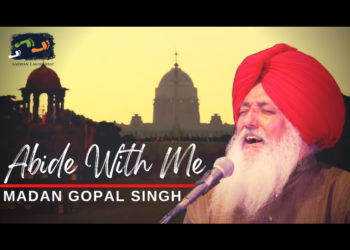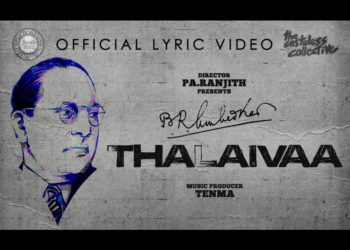Thirty two year old Bharatanatyam dancer Nrithya Pillai (@nrithyapillai), who belongs to the isai vellalar community of hereditary performers in Tamil Nadu, has had to face multiple hurdles in her journey with dance. The reality that the Indian classical arts world is still is a cloistered space that largely belongs to the privileged is something that many are yet to come to terms with. A very vocal proponent of the need for isai vellalar artists, particularly women, to reclaim their presence in a space where they have been historically invisiblised and pushed out from, performing is both artistic and deeply political for Pillai. Most of Pillai’s performances, writings and lectures are about the need to turn our attention towards the handful of women from the community who still practice the dance form, yet find it hard to make it big in the Bharatanatyam scene.
In this interview too, with Mukulika R, she speaks about these issues; how her art is coping during the lockdown, and much more.
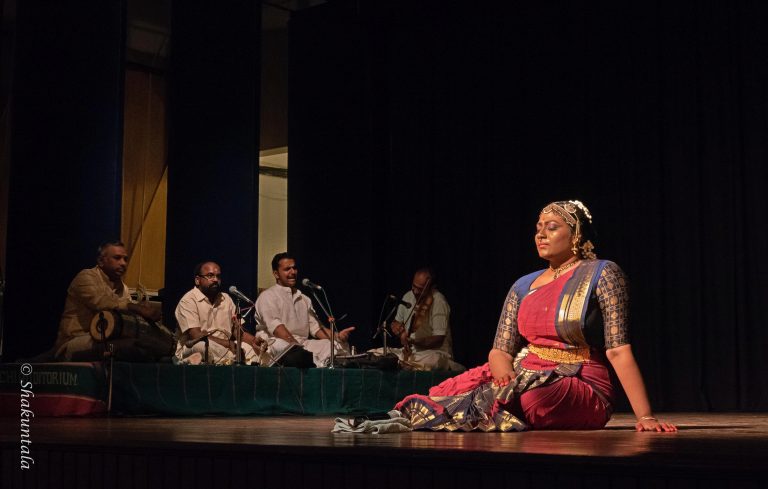
Mukulika R (MR): As someone who has grown up in and around Chennai, what is your earliest memory, from your career, of realising that the Bharatanatyam scene was not inviting enough for people from the isai vellalar community?
Nrithya Pillai (NP): I was the first grandchild of a nattuvanar household where many of today’s prominent Bharatanatyam dancers learned the dance. So my childhood role models were mostly these starlets who were from upper class-caste backgrounds. I also studied in a prominent brahmin school, which was known for its support and inclination toward arts. However, I had several rude shocks as a dark complexioned, visibly very “non-brahmin looking” child. I’m not sure if I was good at dancing, but I was never good enough for “them”. By then, Bharatanatyam and it’s aesthetics had completely been “brahminised”. Would you believe if I said that not once have I heard the term “Natyarambham” being used at home, but today, the basic posture of Bharatanatyam is unanimously called that.
During my childhood, my family members clearly told me several times, “dance is not for us, we cannot afford to be a part of it.” This was despite the fact that even my mother was teaching dance to upper-caste-class women. I never had an Arangetram (debut on-stage performance of a classical dance student), did not own dance costumes or jewellery.
As a teenager, I once wrote to an online discussion forum about the brahminical appropriation of the dance form and I was told by the senior dancer, who ran the website, that “art was not a birthright”. For me, it was the first time that my reality itself was being questioned and was being deemed a lie. After this, I have had several occasions where I have felt the exclusionary tactics at work.
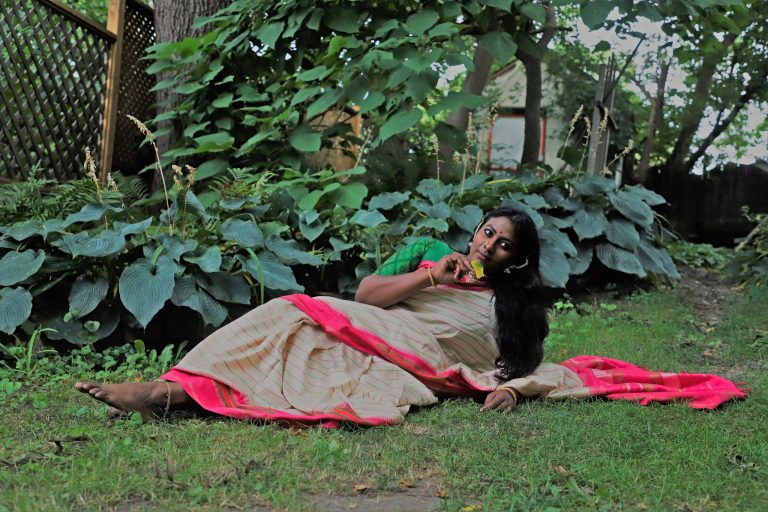
I clearly felt the internal and external persecution of belonging to the isai vellalar community. Basically because, an art form that had its roots in families like mine, have been alienated from our own people.
MR: Could you give us some personal anecdotes, from your childhood perhaps, that made you feel that your own community had internalised the prejudices against them?
NP: I can give you this very interesting anecdote from my life, about how as a baby, I screamed inside a hospital and my grandfather, Swamimalai Rajarathnam Pillai, apparently told my grandmother that I had a voice like MS Subbulakshmi’s. He loved me immensely, my rhymes were dance music that my grandfather taught, I could recognise ragas, and was good at understanding rhythmic structures from a very young age. So, the environment of music and dance was very nurturing for me as a child.
Also Read | The Karnatik world and its makers: TM Krishna
Once we were in the US for less than a year when I was around five years of age, and I noticed that my mother could slightly let go – she could dance and sing as she pleased. However, that was the only time when I saw my mother in a Bharatanatyam costume. Once we returned back to India, things changed.
That my appearance was not “suited” to become a dancer was always thrown at me as a discouragement for my interest in dance. My mother too would predominantly teach upper caste-class women, and this made me feel that I was treated differently. I never had a debut performance, and simply did not enjoy equal representation during group performances.
When I wanted to dance after completing my school education, my grandmother, who meant well, told me, “we cannot knowingly push you into that spoil well” . My family was certain that I would not manage to make it within the classical dance fraternity. This was not only an emotionally traumatic revelation, it also filled me with a sense of inferiority, not being good enough to dance.
MR: Could you explain some of the ways by which you have tried to register the identity of the hereditary community through performance and other means?
NP: In 2011, when I first decided to take to the stage for solo performances at small sabhas, it was very much a pay-and-perform kind of an initiative. I had worked as a Public Relations executive and had saved up some money. I had had a broken arranged marriage when I was just 19 years old, and the experience was stifling me further. I did not have parents who were emotionally or financially supportive of my decision to dance.
What I realise now is that even then, my performance was political. Here I was, a dancer from a marginalised community which was criminalised, dancing in a sabha, a place that had been historically denied to my ancestors. I have always made it a point to mention my ancestry and who my ancestors are, wherever I can. But slowly, my awareness and sense of aesthetics also started becoming more representative of history as I slowly purged the idea of a “modern” Bharatanatyam from my body, which was in any way a very unnatural fixation for me. I began historicising dance and music, and was soon speaking of these categories in that sense. At my performances, I started to speak of who I was and why I danced. Sometimes, I dedicate my performances to hereditary women artists post the devadasi reform (they couldn’t be called devadasis). Every performance was soon about putting forth a point about the critical history of Bharatanatyam.

I have also begun to deliver lectures about the problematic history of Bharatanatyam and about the condition of hereditary identity today. My aim is to find a way to experience some sort of truth and reconciliation and make some reparation to the way my people and their bodies were purged out of the dance form. It is also about having a more socially conscious dance fraternity with participation from every class and caste section of the society. What I speak of, essentially, is the decolonisation and actual democratisation of Bharatanatyam.
MR: In January this year, you ended your performance at a famed sabha in Chennai by reading out the preamble of the Indian Constitution, instead of the usual ‘mangalam’ – in protest against the Citizenship Amendment Act. What prompted you to do this at a sabha? The current situation of the national political scene in the country is unprecedented and dangerous. How are artists affected by this?
NP: My tendency toward being anti-caste, a believer of social justice, and someone who values the constitution and its salient features, is something that comes from the space of my true self – which is aggravated by the lived experiences of being a bahujan, from a marginalised courtesan community, and possessing a very unique set of experiences based on caste. When I say I understand the plight of anyone from any marginalised social location, it means marginalisation in terms of caste, class, religion, and sexuality. My reading of the Preamble of the Indian Constitution and my uttering “Jai Bhim” in a sabha was to raise my voice in support for the marginalised, who feel threatened in this country today.
Also Read | Artists and Performers in the Time of Covid-19
The present condition is a problem to anyone who understands privilege, because only the privileged can choose to turn their face away from both the political, economic and social implications of what is happening to our nation. As a Bharatanatyam dancer who is politically assertive, who performs with a critical eye towards the dance form itself, knowing very well it’s flawed aspects, and taking steps to take it back to it’s more secular themes and roots, I find it extremely challenging to be engaging with the contemporary format of Bharatanatyam.
MR: You have written on social media and elsewhere that whenever you’ve been open about the discrimination you face in the Bharatanatyam world, there have been efforts from some quarters to draw a comparison between you and other dancers (particularly, male) from your own community. Do you see it as an attempt to construct a binary between the “good” and the “bad” isai vellalar — the latter being the one who refuses to conform to the system and the former who keeps mum? Could you elaborate?
NP: Experiences of belonging to a caste and of marginalisation are firstly, important to be addressed within the classical arts fraternity. Then, there is a need to see the interconnected nature of social categories like race, caste, class, and gender, as they apply to a given individual or group regarded as creating overlapping and interdependent systems of discrimination or disadvantage. It is through an awareness of this intersectionality that we can better acknowledge and ground the differences among us.
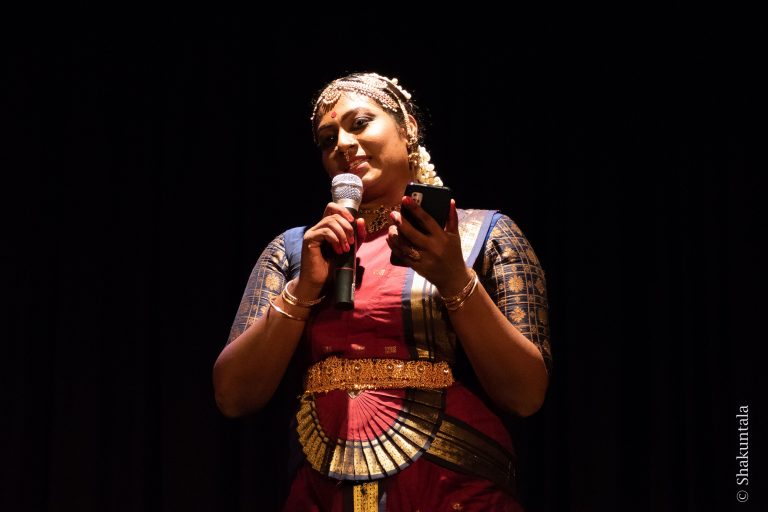
Often, when I raise issues with the casteist overtones within the dancing fraternity — casteist exclusion, accreditation of compositions, and contributions of members of the hereditary community — I am faced with many problematic responses:
1) That art does not belong to one community and it is meant to be enjoyed by all; One cannot blame the brahmins, because where will it be without brahmins, and such. Thereby, the blame of being casteist/playing the caste-card or the victim-card is put right on me, someone who is questioning an existent problem, in the first place. I think this can even be called both gaslighting and tone-policing.
2) Claiming that I am “angry”, “vicious”, “frustrated” and “bitter”: I wish people knew that the oppressors or the ones belonging to the oppressor-communities cannot and do not have the right to decide how the marginalised protests, and this indeed is a protest.
3) The argument that I have not offered a solution to my problems, and telling me that I should document hereditary compositions. This comes from upper class-caste people so cut off from reality, that they don’t understand what is accessible to artists like me, who do not belong to the privileged cliques, and what is not. There is no acknowledgement of the fact that change needs to be brought by people in power. As someone who is positioned at the bottom of the caste, class, and power ladders, having faced a history of oppression, asking me to provide solutions is again a form of violence.
4) Pit one isai vellalar against another: Historically, isai vellalar families have felt the need to compete among each other to win brahmin patronage and approval for themselves. Even the idea of different banis (dance-style legacies), for me, is a creation of a time past the “revival”, when hereditary families had to claim importance for themselves and their histories in order to compete with others. In this case, the Tanjore quartet family and their descendants hold the greatest importance in terms of Bharatanatyam’s history. There are also some women from devadasi families, who were part of the privileged caste-class clubs, who continue to be important to the brahmanical history of Bharatanatyam.
I come from a reasonably successful nattuvanar lineage but there has been a systemic erasure of the names and the body of work done by the dancer-women in my family. I have been able to find names from about five generations ago, which include Maduranthakam Jagadambal and Vazhuvoor Nagammal. I do not find it acceptable to gloat about a few success stories.
What we see is that some women and men of the same community are completely removed from the history of this dance form or are not given equal importance as some others. We must talk about the disenfranchisement, erasure, and realise that these are not merely “historical” issues. Today, the reactions that follow when someone like me speaks out about these problems, clearly show how pertinent these discussions are and how Bharatanatyam is still in the stranglehold of “brahmin-ness”.
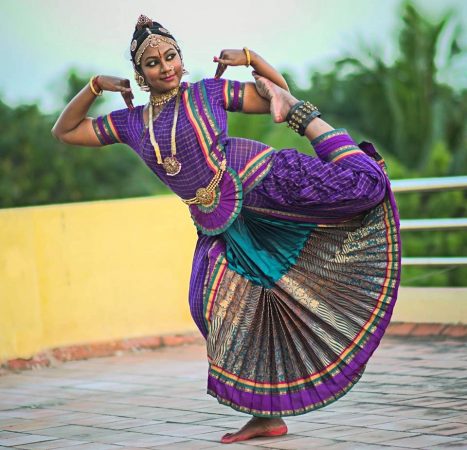
Drawing parallels between one isai vellalar and another — without considering their gender, race, and class and the privileges comes with these — is done by powerful brahmins. This exacerbates the old conflicts that exist within the hereditary community i.e. between genders, that mainly came into being because of the shift from matriliny to patriliny. This is where the case of the “good isai vellalar” versus the “badly behaved”, non-conforming isai vellalar comes in. Additionally, I am a woman, therefore, the brunt is more severe. The conforming isai vellalar will be awarded brownie points and a character certificate by the privileged.
All this prevents us realising a uniform front of isai vellalar families (the ones who are still actively performing), because we are essentially fighting amid ourselves for opportunities in an upper-class, brahmin-controlled fraternity where hereditary identity is sometimes “saleable”, when it suits the brahmin palette.
MR: How has your art been coping with the quarantine and the lockdown? Since you are a teacher of dance too, have you shifted to online classes? Could you describe the experience so far?
NP: To me, art is not something I specifically make time for to practice or perform. My internal thoughts are often mostly about some old composition or some dance idea that I subconsciously keep working upon. It is not so much a conscious effort. Somedays I end up learning to sing a composition after I wake up from bed.
The lockdown has particularly been hard on me. The situation in the country, especially of the underprivileged, has been a cause for severe emotional stress for me. I was volunteering and trying to help out until April 14, when my grandmother Nagalakshmi had a health emergency. My world came crashing down after that as I was single handedly taking care of the situation. There was no practice or teaching during that period. I feel that I can be without dancing or being artful for a few weeks or months, especially when the world has come to a standstill. I did feel it was very insensitive of people who were making the pandemic situation a carnival of sorts with online festivals right from the first week of lockdown.
I have resumed classes on Zoom and I must add, I despise it. I don’t believe it is effective, because the time lag is terribly annoying. I have also started dancing on my terrace in the evenings and capturing one-minute videos of the same, to present historical dance snippets or my way of performing certain pieces. I believe that it is important that the misrepresentation of the history of Bharatanatyam needs to have reparations and alternative aesthetics and bodies need to be brought to the fore. This, for me, is an attempt at a small way of truth and reconciliation, at least at a personal level.

